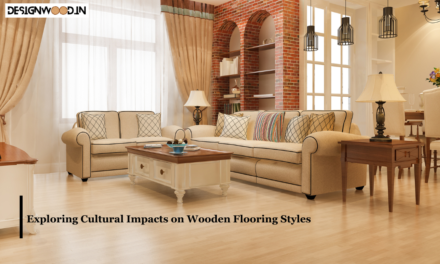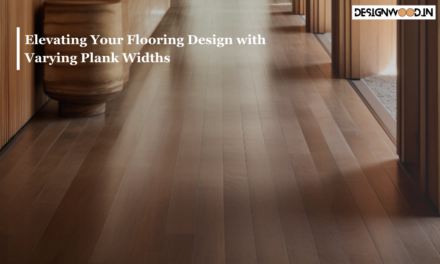As environmental consciousness continues to grow, homeowners are increasingly seeking sustainable options for their homes, including flooring. When it comes to wooden flooring, there are several eco-friendly choices available that not only contribute to a greener planet but also add warmth and character to your space. Let’s explore some sustainable options in wooden flooring that align with environmentally conscious lifestyles.
- Reclaimed Wood: Embracing History
One of the most environmentally friendly options for wooden flooring is reclaimed wood. Salvaged from old buildings, barns, and factories, reclaimed wood offers a second life to timber that would otherwise end up in landfills. By using reclaimed wood for your flooring, you’re not only reducing the demand for virgin timber but also preserving forests and ecosystems. Additionally, reclaimed wood adds a sense of history and character to your home, with each plank bearing the marks of its previous life.
- Bamboo Flooring: Rapidly Renewable
Bamboo flooring has gained popularity in recent years as a sustainable alternative to traditional hardwoods. Unlike hardwood trees, which can take decades to mature, bamboo is a rapidly renewable resource that reaches maturity in just a few years. Harvesting bamboo does not require clear-cutting forests, making it a more environmentally friendly choice. Additionally, bamboo flooring is highly durable and resistant to moisture, making it ideal for high-traffic areas such as kitchens and living rooms.
- FSC-Certified Wood: Responsible Forestry Practices
For those who prefer the look of traditional hardwood flooring, opting for FSC-certified wood is a responsible choice. The Forest Stewardship Council (FSC) is an international organization that promotes responsible forestry practices, ensuring that wood products come from sustainably managed forests. By choosing FSC-certified wood flooring, you can rest assured that the timber has been harvested in a way that protects biodiversity, wildlife habitats, and the rights of local communities.
- Cork Flooring: Renewable and Resilient
Cork flooring is another eco-friendly option that offers both sustainability and comfort underfoot. Harvested from the bark of cork oak trees, cork is a renewable resource that regenerates quickly after harvesting. Unlike traditional hardwood flooring, which requires the entire tree to be cut down, cork extraction is done without harming the tree, allowing it to continue growing and absorbing carbon dioxide from the atmosphere. Additionally, cork flooring is naturally resistant to mold, mildew, and pests, making it a healthy choice for indoor environments.
- Engineered Wood: Maximizing Resources
Engineered wood flooring is made from thin layers of wood veneer bonded together with adhesives, maximizing the use of available timber resources. By using less solid wood compared to traditional hardwood flooring, engineered wood reduces the environmental impact associated with harvesting hardwood trees. Additionally, engineered wood flooring is often more stable and resistant to moisture than solid hardwood, making it suitable for installation in basements and other areas prone to humidity.
Conclusion
In conclusion, sustainable options in wooden flooring offer a responsible choice for homeowners who are committed to reducing their environmental footprint. Whether you opt for reclaimed wood, bamboo, FSC-certified hardwood, cork, or engineered wood, each option brings its own unique benefits while contributing to a greener planet. By choosing sustainable flooring materials, you can enjoy the beauty and warmth of wood in your home while supporting environmentally responsible practices.





